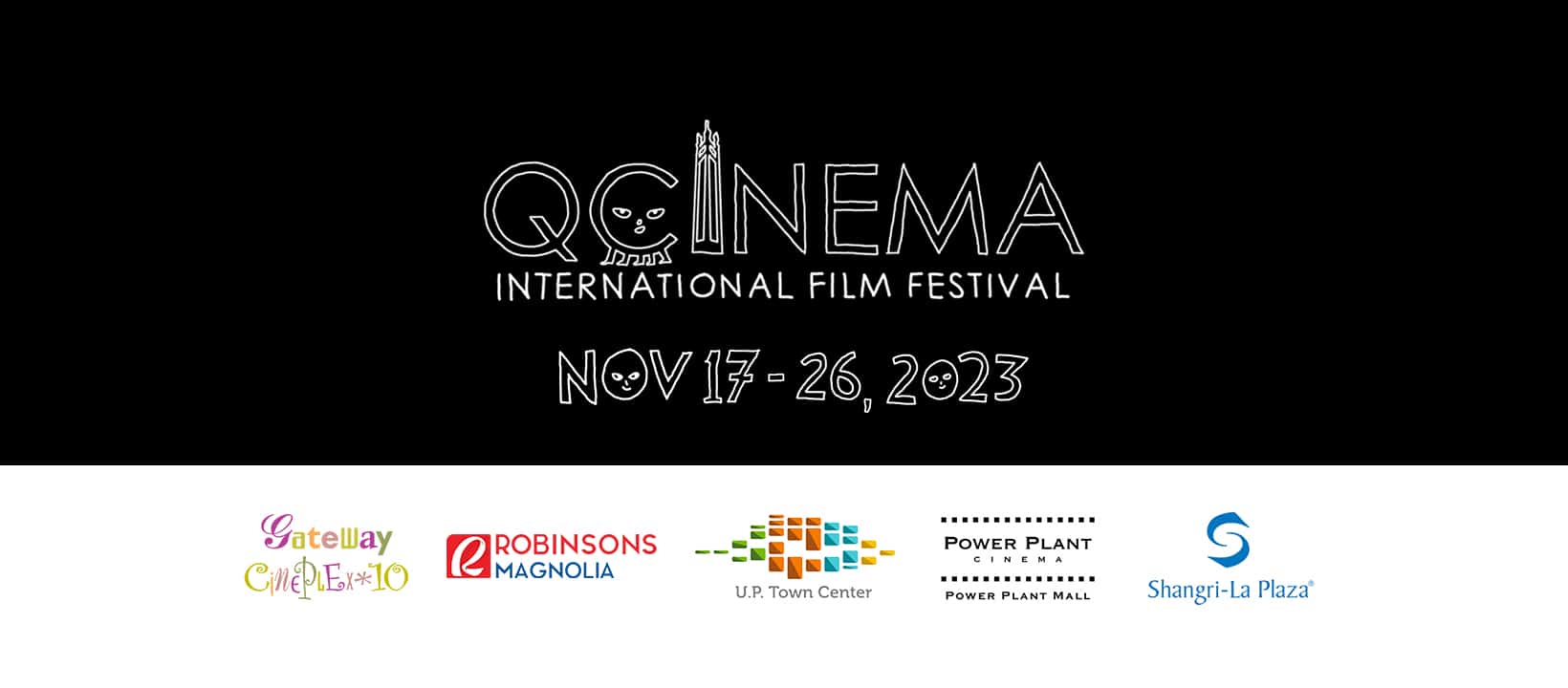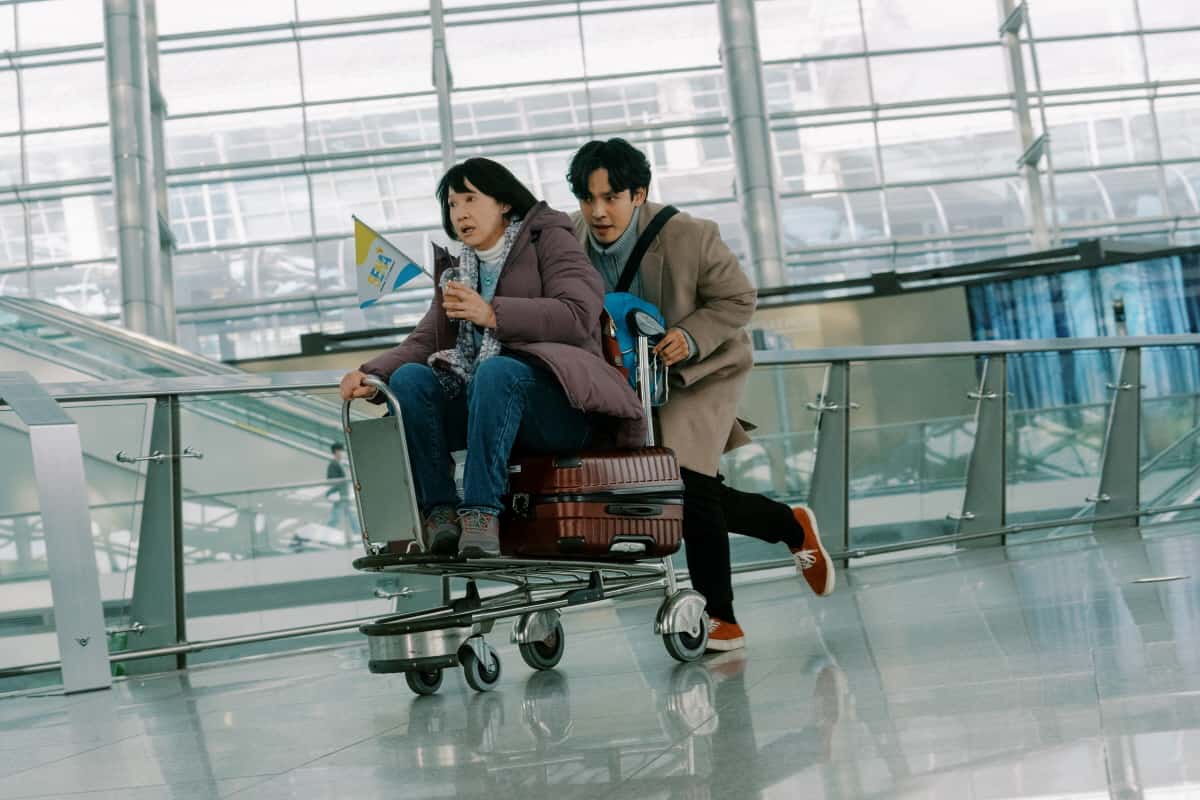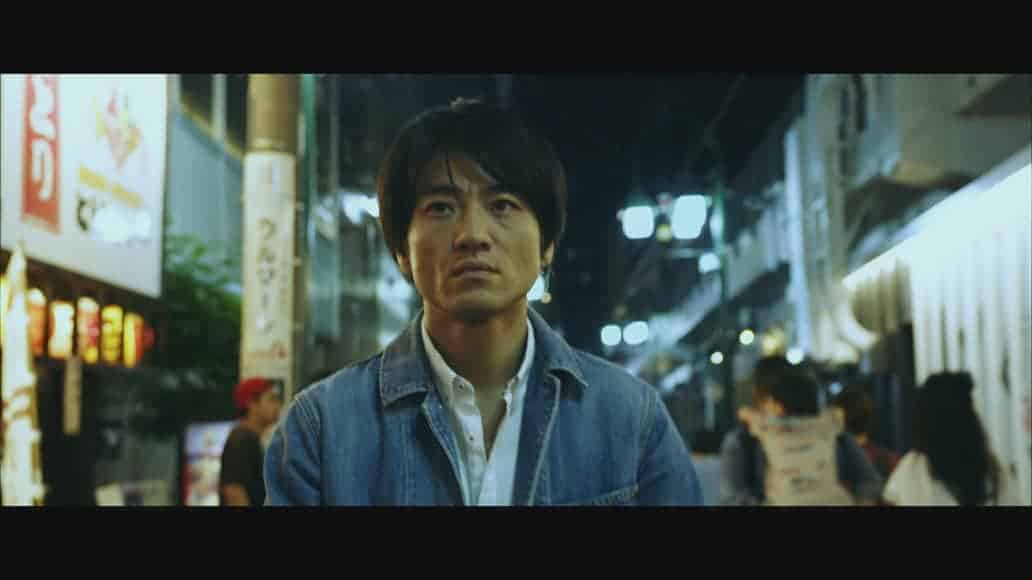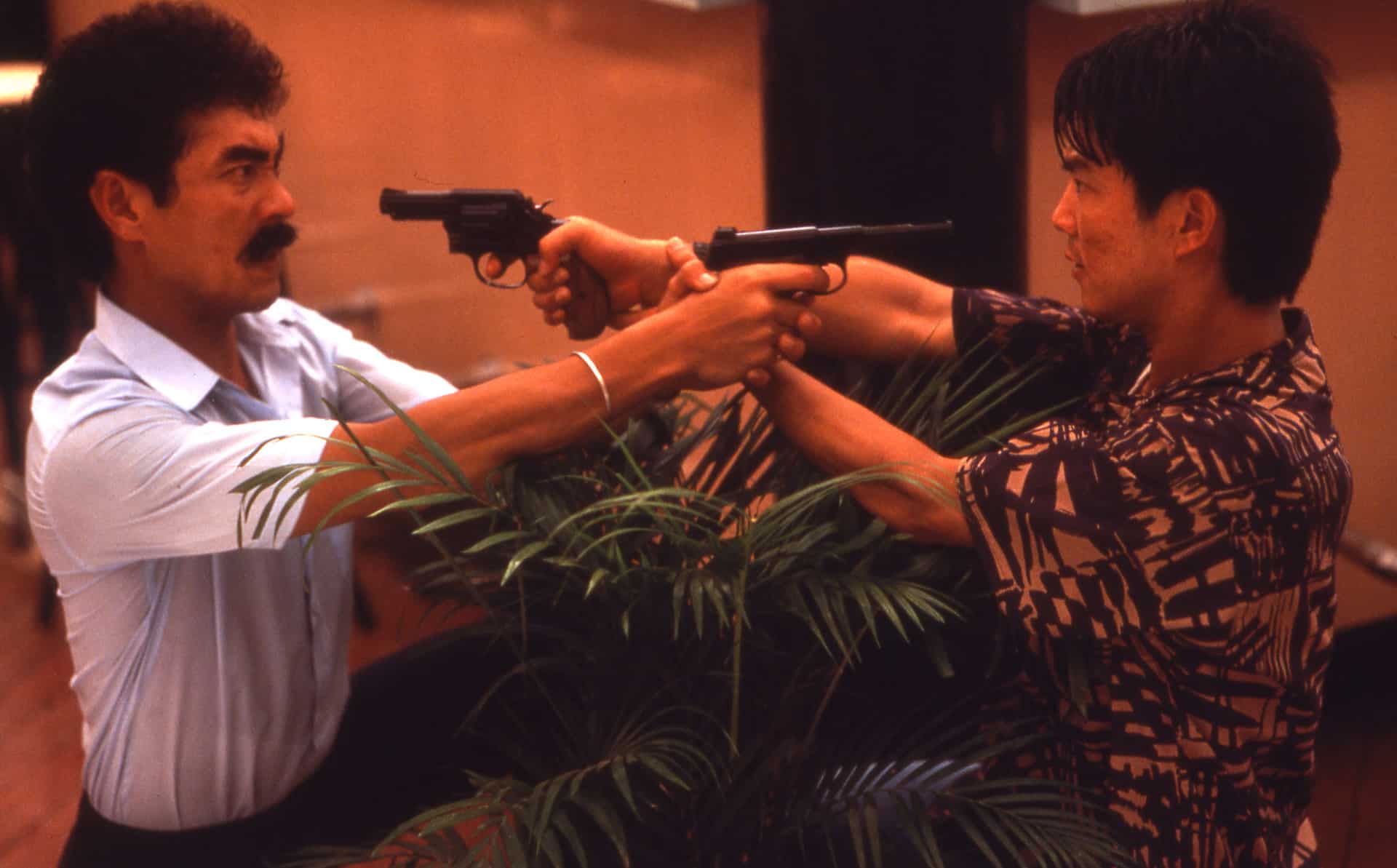by Vedant Srinivas
Epic in both length and scope, “Inside The Yellow Cocoon Shell”, Vietnamese writer-director Thien An Pham’s debut feature, and the winner of this year’s Camera d’Or prize at Cannes, offers a striking meditation on faith, love, and the beguiling nature of earthly existence.
Inside the Yellow Cocoon Shell is screening at Qcinema

The very first scene in “Yellow Cocoon”’ sets up the encounter between spiritual and corporeal existence: sandwiched between a believer and an atheist, Thien voices his agnostic thoughts about the existence of a higher power (“I want to believe but I can’t”). As if on cue, a sudden gust of wind blows across, and their discussion is interrupted by the sound of a motorcycle collision. Later, it will turn out that the person who died in the freak accident was none other than Thien’s sister-in-law Hanh, while his five-old nephew, Dhao, remained miraculously unharmed. As Dhao’s only living relative, Thien takes responsibility for the boy, and the two travel to their countryside hometown to ensure a proper Christian burial for Hanh.
In many ways, the childlike Dhao serves as a counterpoint to the adult Thien: where Thien is enmeshed in existential angst, unhappy with his life as a video editor in chaotic urban Saigon, Dhao is relentlessly curious, forever enquiring into faith, death, and the meaning of existence, questions for which there are no easy answers. As they venture deep into the countryside, the film too assumes a meandering tone and begins to expand outward, almost as if absorbing everything that it touches into the narrative. The sights and sounds of rural Vietnam acquire newfound prominence, along with an almost ethnographic focus on Christian rituals. Thien meets various townspeople and engages in conversations with them, including an ex-girlfriend who found her spiritual calling and is now a nun. For Thien, each meeting also becomes a reconnection with his buried and forgotten past. As he gradually hatches a plan to search for his missing elder brother, “Yellow Cocoon” segues – imperceptibly, caressingly – into surreal territory; memories, desires, and imaginings take over, time and space collapse, and the film slips into dream logic.
Thien An’s formal decisions further reinforce this sense of hypnotic reverie. Much like his critically acclaimed 15 minute one-take short film “Stay Awake, Be Ready”, “Yellow Cocoon” also relies heavily on extended duration as a structural device. Most, if not all, scenes are composed of radically long takes, where the camera glides, swoons, and perambulates around, almost becoming a character onto itself. This tendency reaches its zenith in a wondrous twenty-five minute shot, which starts with an outdoor conversation between Thien and Trung (Hanh’s brother), and finally ends – after a winding motorcycle ride through traffic, and a slow zoom-in through a window, redolent of Antonioni’s “The Passenger” – with Thien inside the house of a local shroud maker, the air heavy with memories of war, longing, and death.
Apart from their visual dexterity, Thien’s predilection for long takes also mirrors the film’s thematic focus on the larger mysteries of existence, where quite literally all of life – in all its dazzling multiplicity – unfolds simultaneously in real time. Here, there is ample room for the accidental and the random (a fly buzzing at the edges of the frame, a leaf dancing in the wind, or a passerby on a motorcycle suddenly zooming past the camera), thus substituting linear plot for the random and inexplicable vagaries of life.
In true slow cinema fashion, “Yellow Cocoon” focuses not so much on narrative progression as on the sensorial textures of everyday living. Indeed, juxtaposed with lush shots of the Vietnamese countryside – largely shot in natural light – are more quotidian images of elemental power: rain splattered windows, a diaphanous cloth blowing in the wind, and the unhurried play of light on reflective surfaces… The film’s densely layered soundtrack – comprising (among other things) birdsong, raging wind, dripping water, and plaintive guitar riffs – further adds to this feeling of textural depth, where human existence become inextricably entangled with the wider world.
Thien An Pham’s filmmaking style is doubtless bound to draw comparisons with filmmakers like Apichatpong Weerasethakul, Tsai Ming-liang, and Theo Angelopoulos. And yet, there is something unique in Thien’s assured handling of thematic and formal elements, in the way he is able to deftly play with both compositional as well as narrative elements while invoking a sense of grace in and through the very act of cinematic storytelling. And herein perhaps lies the epiphanous achievement of “Yellow Cocoon”, in its ability to find the fleeting extraordinary in the folds of the everyday.
















